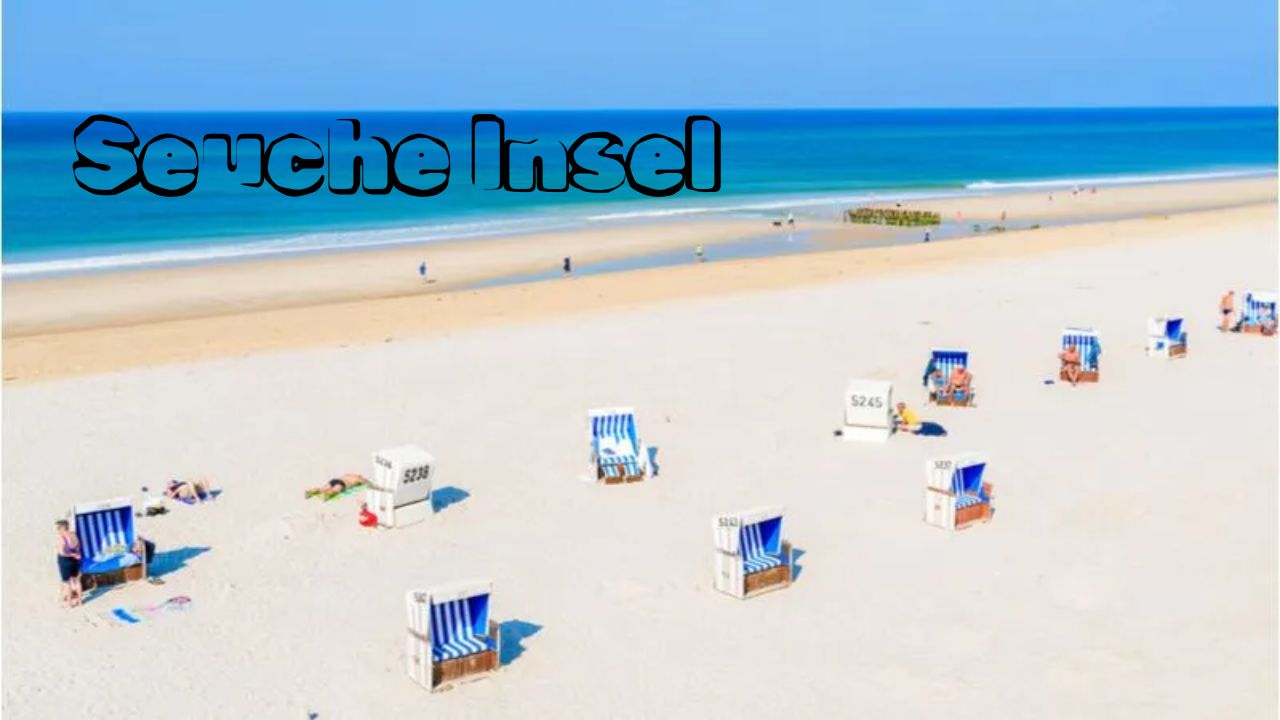Seuche Insel: After the global impact of the COVID-19 pandemic, people are now familiar with how quickly a disease can spread. This time, however, a new viral outbreak is causing significant disruptions. A popular holiday region in Germany is facing land closures due to the spread of a dangerous virus, putting vacationers and visitors under new restrictions.
Bluetongue Virus Spreading Rapidly Among Livestock
According to the Federal Ministry of Food and Agriculture, the virus in question is Bluetongue (BT), an animal disease that has been rapidly spreading across Germany since July this year. This disease primarily affects ruminant animals, including cattle, sheep, and goats, and leads to symptoms such as lesions in the mouth, a drop in milk production, and general malaise. While it poses no threat to humans, the virus is highly concerning for livestock.
Transmission and Impact on the Agricultural Sector
Bluetongue isn’t transmitted through direct contact between animals. Instead, it spreads through mosquitoes, making warmer months particularly conducive to its transmission. This summer has seen the virus take a stronghold in regions where livestock farming is vital, leading to the need for strict preventative measures.
Extensive Land Closures to Prevent Further Spread
In August, the virus was first detected in the Schleswig-Holstein region, and it has since continued to spread without showing signs of slowing down. As a result, authorities have begun sealing off large areas of land to protect livestock. On the island of Sylt, a popular tourist destination, 15 kilometers of dikes have been closed to the public to safeguard local sheep populations. The closures, initiated by the Schleswig-Holstein Coastal Protection and National Park Authority, are also affecting nearby regions, including the islands of Föhr and Amrum.
West Coast of Germany Heavily Affected
Not limited to Sylt, the closures extend across over 90 kilometers of dikes along the west coast of Schleswig-Holstein. Mainland areas, particularly in the districts of Steinberg and Dithmarschen, are also seeing sections of their dikes sealed off. The goal is to minimize stress on weakened animals and prevent further spread of the virus.
Impact on Tourism and Local Access
Visitors and vacationers should anticipate significant restrictions in these regions. Cyclists and pedestrians are encountering closed pathways and detours, and access to certain areas remains off-limits until authorities deem it safe. These measures are crucial to protect livestock and curb the virus’s spread, but they do pose challenges for travelers and local businesses alike. Additionally, Germany is also contending with another highly contagious virus in certain regions, further complicating the situation.





